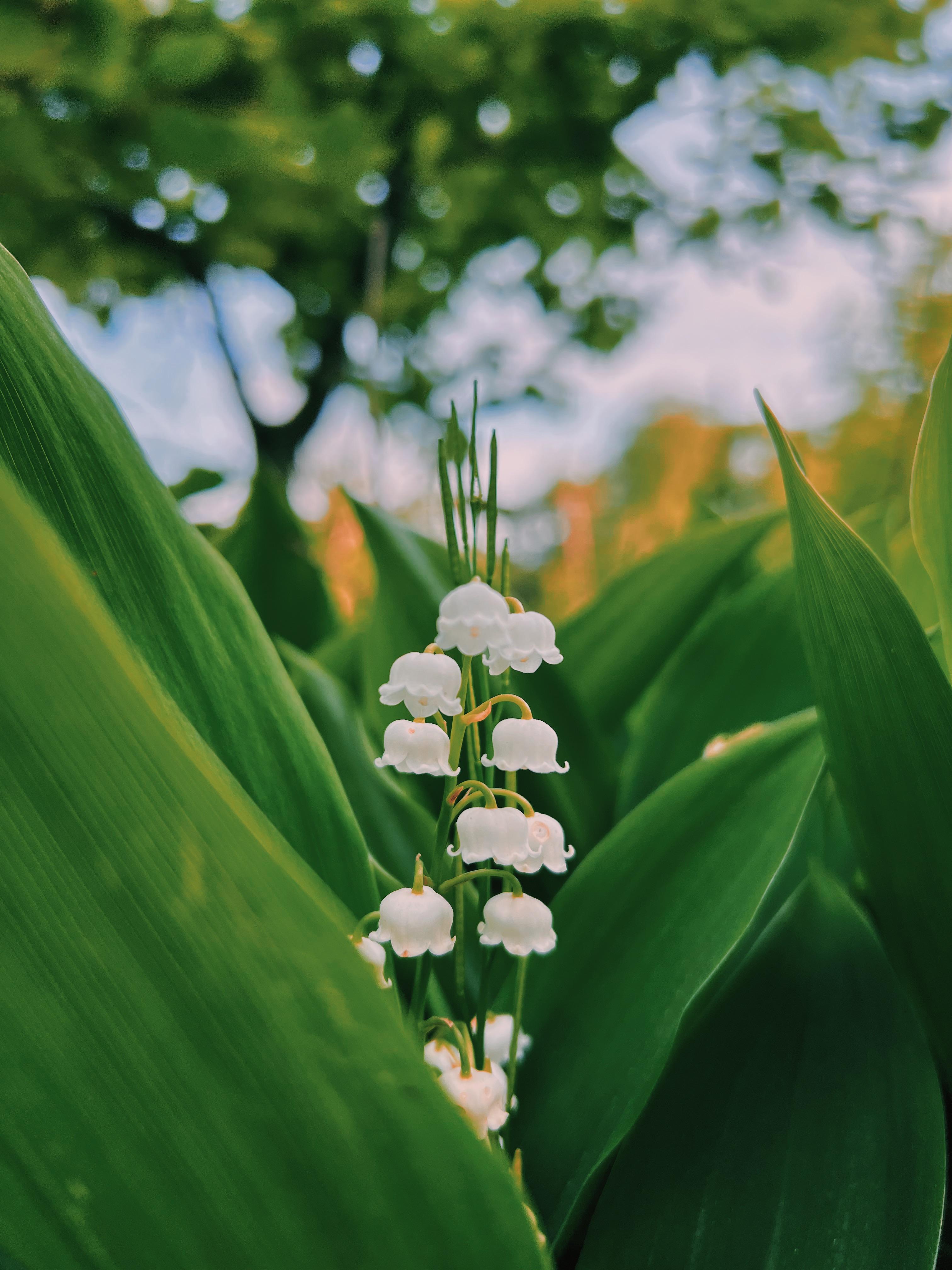Lily of the Valley (Convallaria majalis) is a beautiful perennial plant known for its fragrant, bell-shaped flowers and lush green foliage. Though delicate in appearance, these flowers are hardy and can thrive in various environments. Here’s a step-by-step guide on how to plant and care for Lily of the Valley:
1. Choosing the Right Location
Lily of the Valley prefers a shaded or partially shaded location. They grow best in areas with indirect sunlight, such as under trees or in shaded garden beds. Avoid placing them in direct, strong sunlight, as this can cause the leaves to burn.
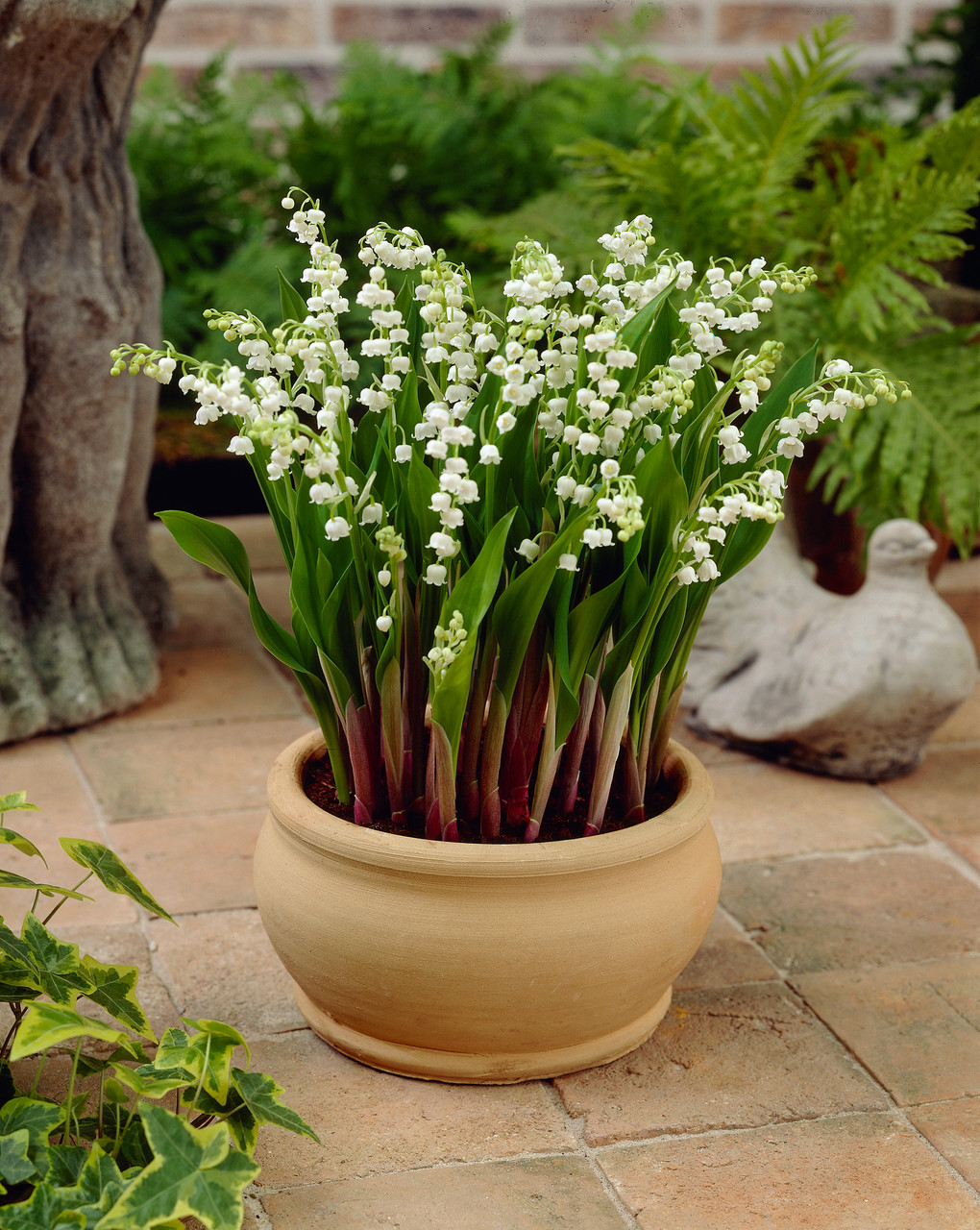
2. Preparing the Soil
These plants thrive in well-drained, rich soil. Loosen the soil and add organic matter like compost or peat moss to enhance its fertility. The ideal soil pH for Lily of the Valley ranges between slightly acidic to neutral (around 5.5 to 7.0).

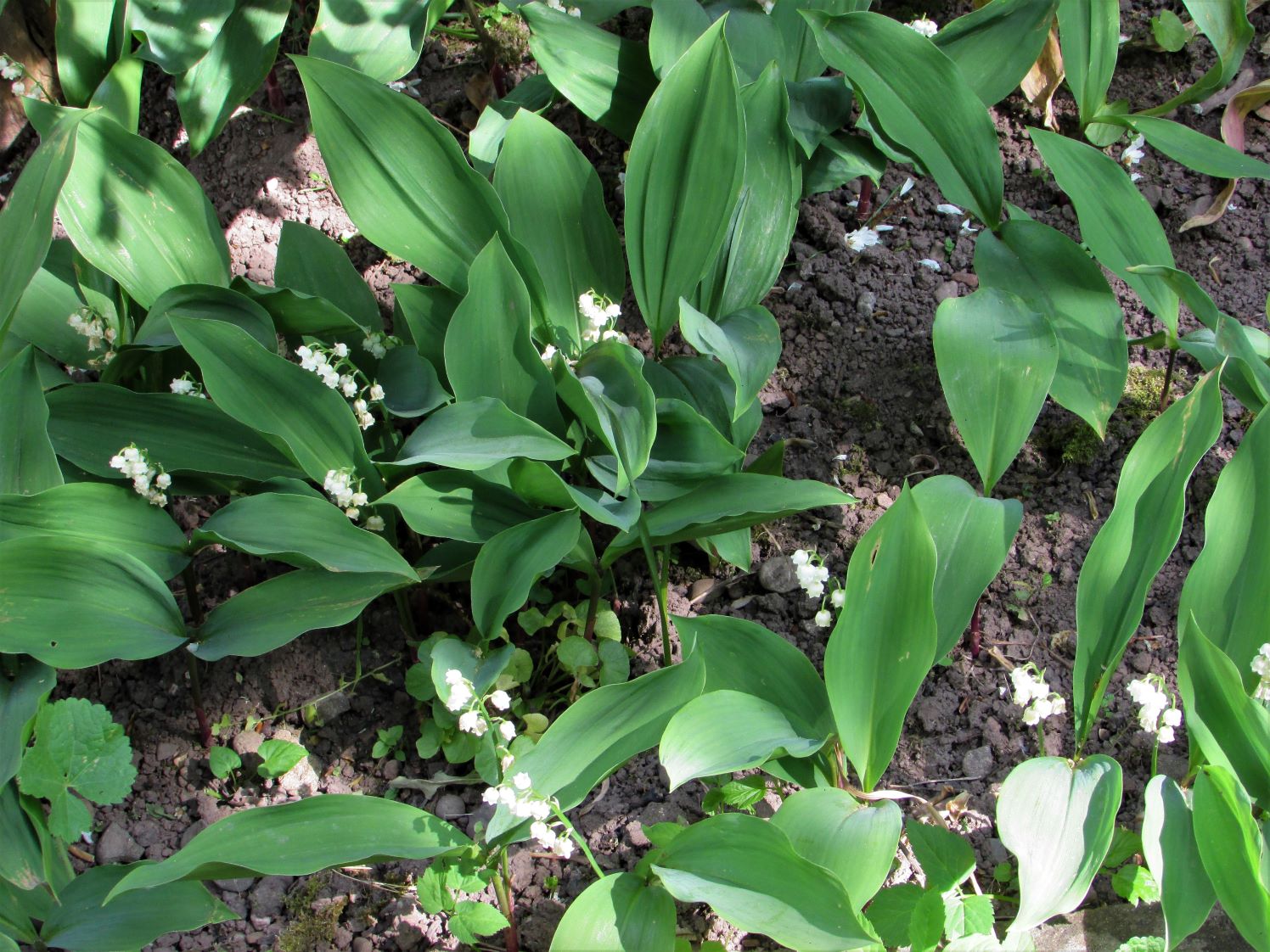
3. Planting the Rhizomes
Lily of the Valley grows from rhizomes (often called “pips”). Follow these steps when planting:
- Timing: Plant the rhizomes in early spring or fall.
- Depth: Dig a shallow hole about 1 to 2 inches deep.
- Spacing: Place the rhizomes about 6 inches apart to allow room for growth.
- Orientation: Ensure the roots are facing down, and cover the rhizomes with soil.
After planting, water thoroughly to settle the soil.

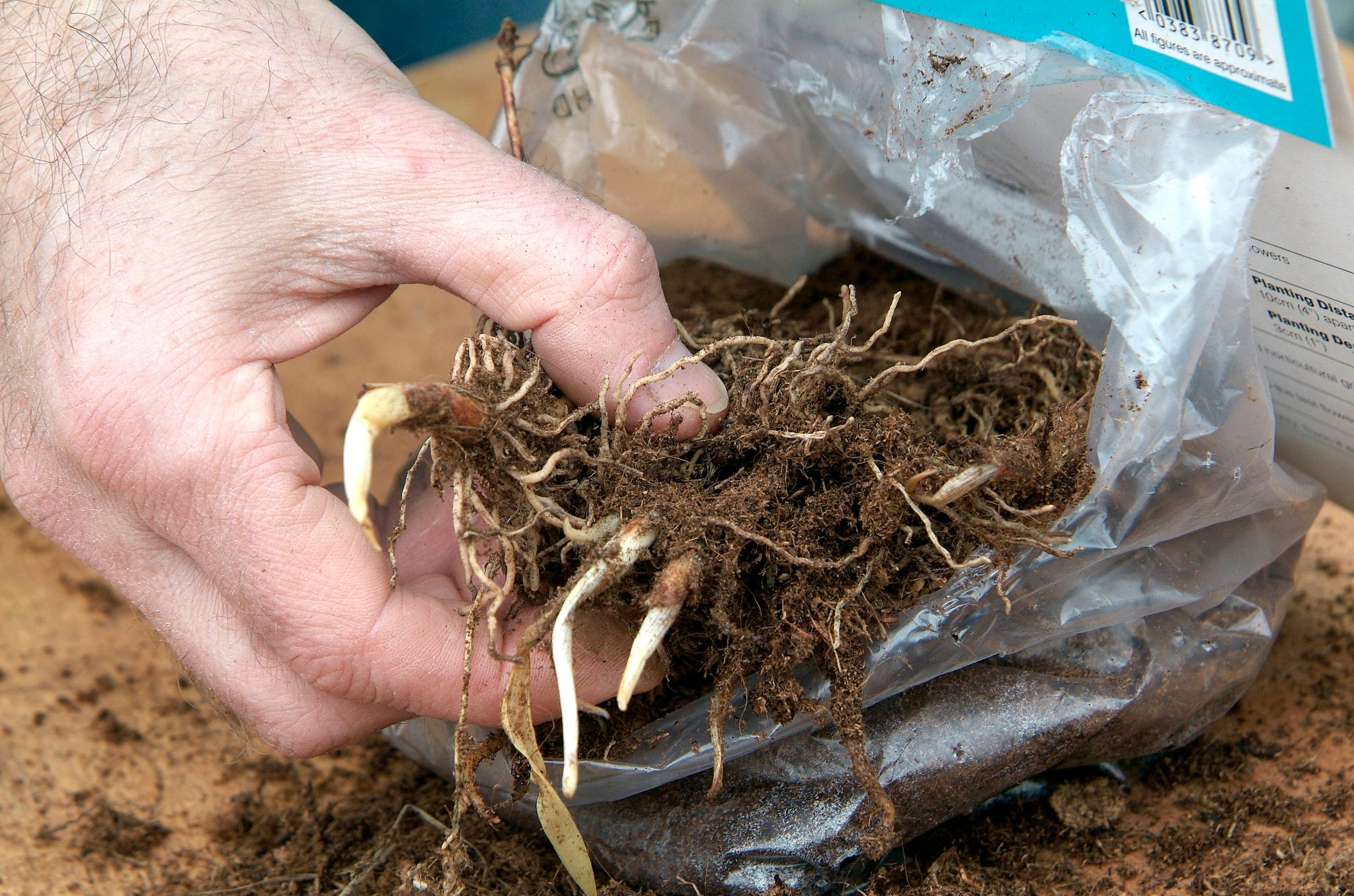
4. Watering
Lily of the Valley requires consistent moisture, especially during the growing season. Water the plants regularly, ensuring the soil remains evenly moist but not waterlogged. They don’t tolerate drought well, so maintaining soil moisture is key.

5. Mulching
Apply a layer of organic mulch, such as wood chips or straw, around the plants to help retain moisture and suppress weeds. Mulching also keeps the soil temperature stable and supports healthy growth.

6. Fertilization
Lily of the Valley generally does not need heavy fertilization. However, applying a balanced, slow-release fertilizer in early spring can promote healthy growth and abundant blooms.

7. Controlling Growth
These plants are known to spread rapidly through their rhizomes and can become invasive if not managed properly. To control their spread, consider planting them in containers or using garden edging to keep them contained.

8. Pests and Diseases
Lily of the Valley is relatively resistant to pests and diseases. However, watch out for slugs and snails, which can damage the leaves. Ensure proper air circulation around the plants to prevent fungal issues like leaf spot.

9. Seasonal Care
- In Winter: Lily of the Valley is cold-hardy and can survive freezing temperatures. The foliage will die back in the fall, but the rhizomes remain alive underground, ready to sprout again in spring.
- Dividing the Plants: Every 3-4 years, divide the clumps in early spring or fall to encourage vigorous growth and prevent overcrowding.
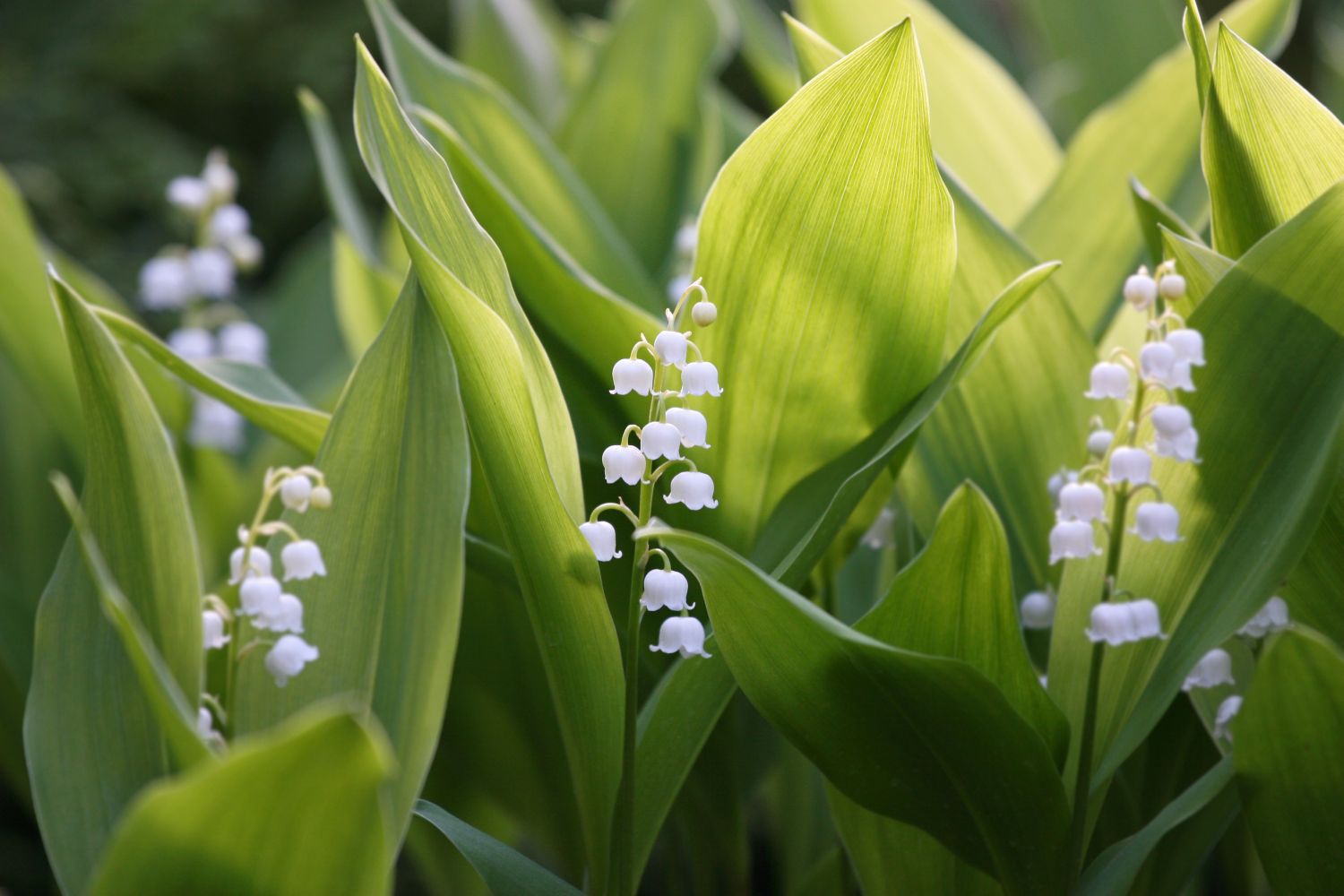
10. Enjoying the Blooms
With proper care, Lily of the Valley will reward you with charming, fragrant white flowers every spring. They make excellent ground cover in shaded areas and can be enjoyed as cut flowers in bouquets.

